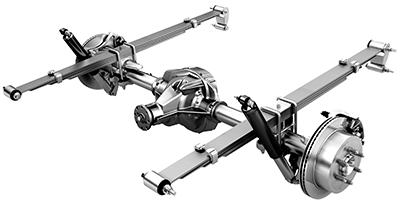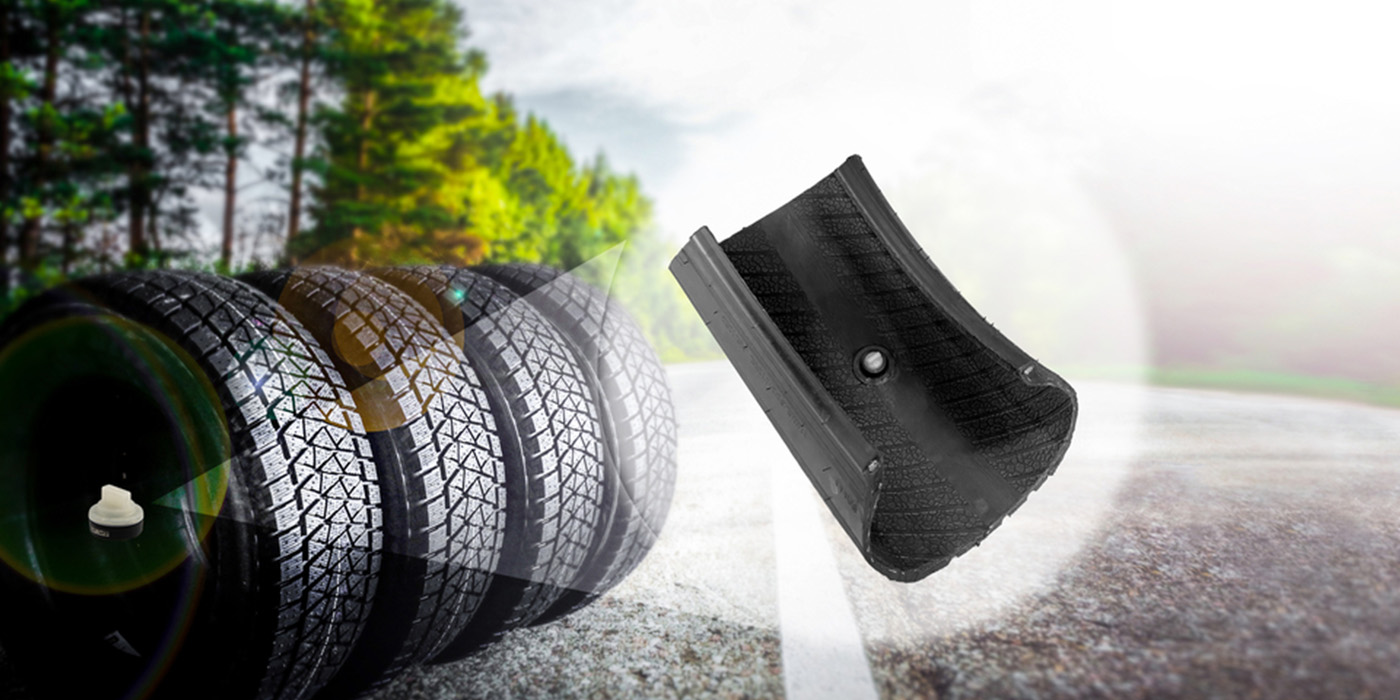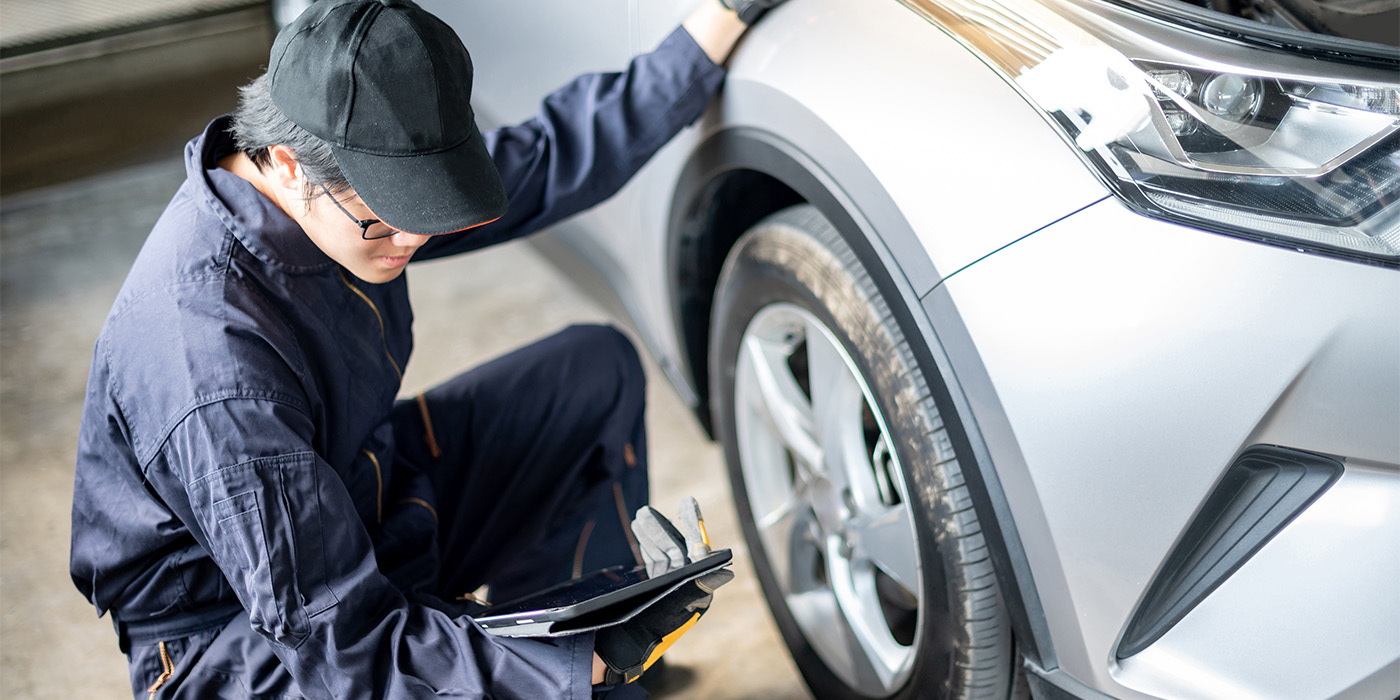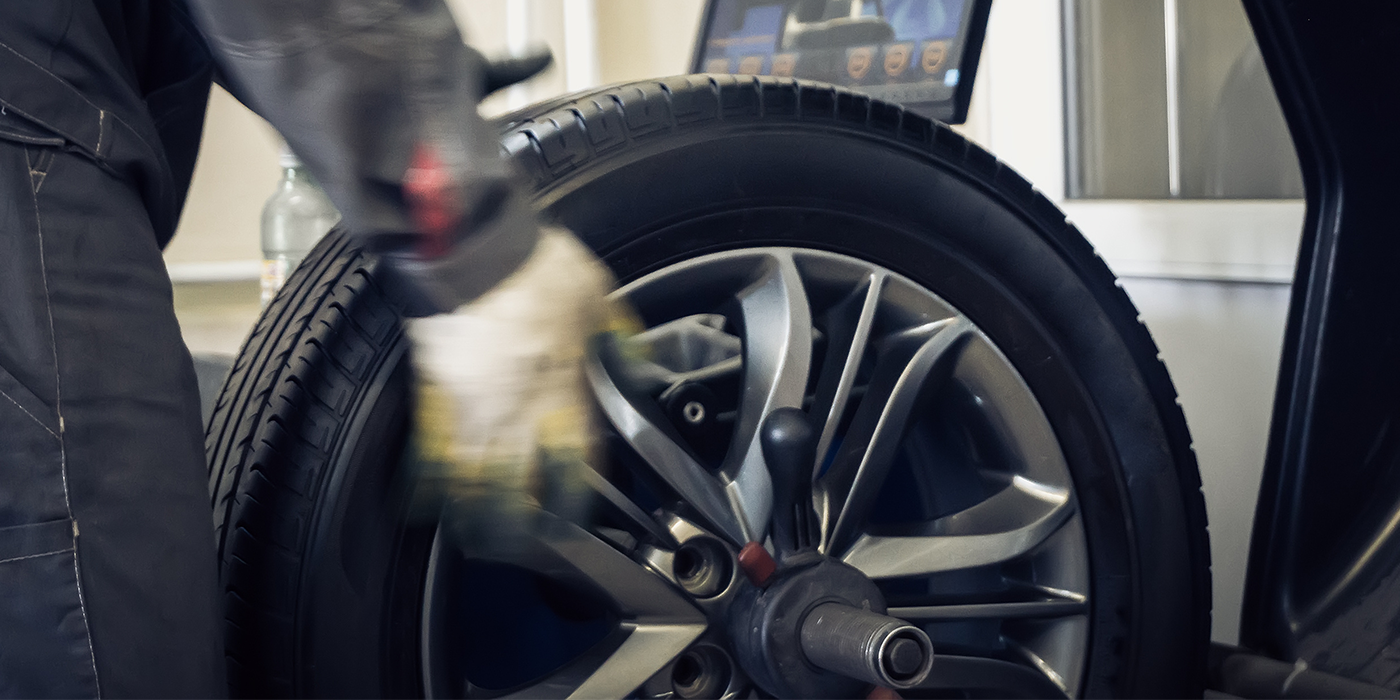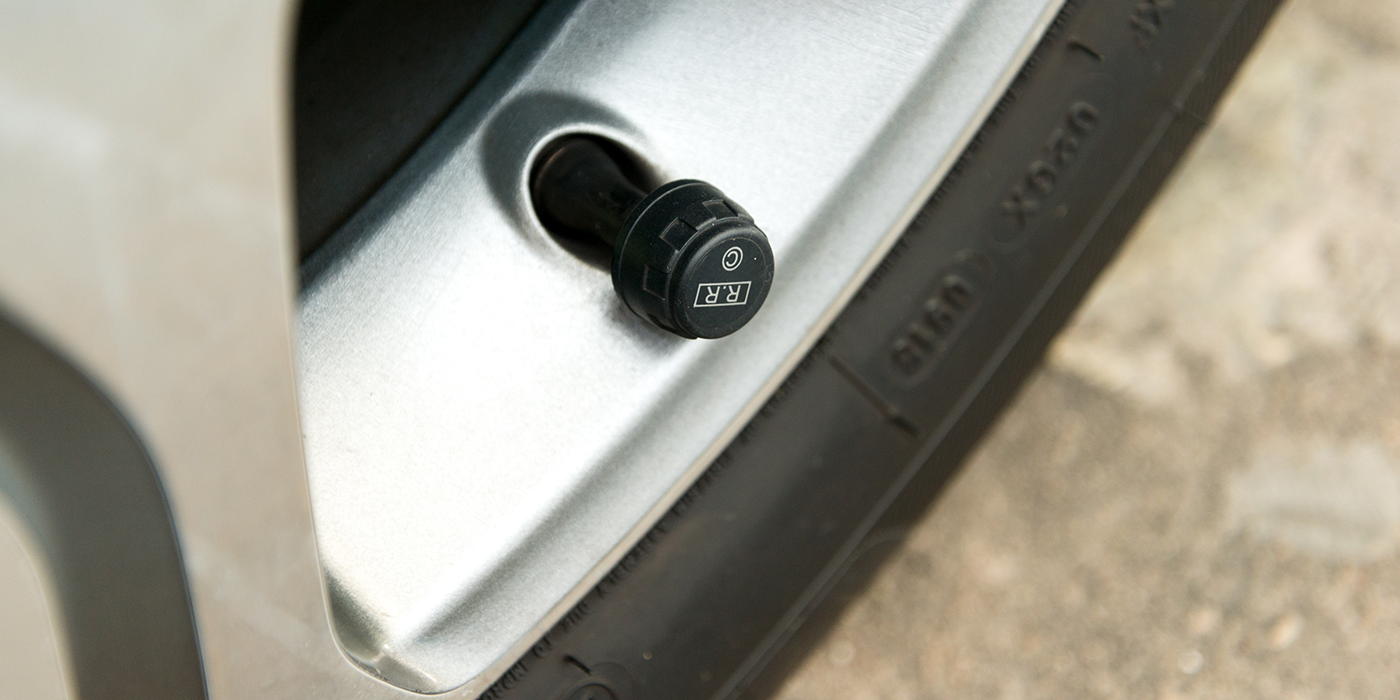In 1963, almost every car manufactured in the U.S. had a solid rear axle. There were exceptions like the Corvette and Corvair. Today, pickup trucks and only a few light- to medium-duty SUVs/passenger vehicles still use solid rear axles.
It’s not uncommon for a solid rear axle vehicle to go its entire life on one set of bearings. But, failures due to impacts with curbs and loss of lubrication are not uncommon.
The most underused tools for rear axle service are measuring tools. A measuring caliper, snap, bore gauge and dial indicator should be used to diagnose and adjust rear axle bearings. A good eye, feel and experience are not substitutes for these tools.
Tools to remove and install bearings are investments that make regular returns by increasing productivity and reducing comebacks.
Diagnosis
The main indicators of a rear axle bearing failure are noise, play and leaks.
Using noise from a rear axle to diagnose a wheel bearing can be difficult. Typical bearing noise that you hear from a front-wheel bearing is dampened by the mass of the axle assembly. If a customer can hear a bad rear-wheel bearing, chances are the failure is catastrophic. Other components like differential and side bearings can mimic wheel-bearing noise.
A “whirring” noise while decelerating at any or all speeds is most likely caused by bad pinion bearings or loose pinion bearing preload. Some howls or whines during acceleration over a speed range is usually caused by worn ring and pinion gears or improper gear set up. Broken gears in the differential, a lack of sufficient lubrication or the wrong lubrication can cause noise while cornering. Rumbles while cornering or turning may indicate bad wheel bearings.
During an inspection of a solid rear axle vehicle, look for leaks at the ends of the tubes and on the center section of the differential. The best way to detect a problem with a rear axle is by visual inspection. Often a failed seal will contaminate the brake pads or shoes. The customer may complain that their emergency brake is not holding the vehicle.
Causes
If an axle hits a significant pothole or curb, the bearings and axle shaft surfaces take the brunt of the abuse. An impact might cause brinelling and spalling damage. Over time, a little area of damage can grow and cause extreme temperatures and internal wear.
Loss of lubrication is another cause of bearing failure. If a leaking differential is losing lubricant due to worn seals at the wheel ends or pinion, the wheel bearings will not be properly lubricated on some axles.
Seals
The main killers of solid axle wheel bearings are failed seals. Most seals ride on the axle shaft. They typically have a lip and a spring that hold the lip to the axle. When a seal is installed, take your time installing the axle. Splines can damage the seal and cause leaks.
The most important area on the axle shaft is where the seals and bearings make contact. It must be free of rust and imperfections. Use only a fine grade emery paper to clean the axle shaft between the flange and the worn area.
If the surface is grooved or dam-aged, the axle can be repaired with a sleeve on some applications. If not, the axle should be replaced. Another option for some applications is to install a bearing that repositions the bearing and seal to ride on unworn surfaces.
Make sure the new seal is installed in the correct position. A correctly installed bearing may extend out from the housing up to ¼-inch. Some axle seals must be positioned properly so pressures can be relieved and the lip can work.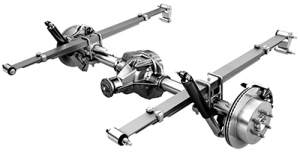
Make sure the breathers on the axle are not clogged. The breather on some axles acts as a PCV valve, keeping pressures within a certain range so the seals can work their best as the differential heats and cools. If a breather is clogged, heat will increase pressure in the axle. As the axle cools, a negative pressure could build up behind the seal. These changes in pressure will cause the lips of the seals to deform and leak.
Any leak on an axle should be taken seriously. Ignoring a leak can be very expensive and destroy the bearings, brakes and differential.
Bearings
Replacing rear-wheel bearings on a live-axle rear suspension has a few extra steps when compared to a unitized bearing. To remove the axle shaft, the differential must be accessed and the clips that hold the axle in the differential must be removed.
There are three bearing styles: conrad, roller and ball. Most axles use these types of bearings in a cartridge-type arrangement. They are installed into the axle ends or pressed onto the shaft and possibly held in place with a pressed on retainer. On some axles, the bore on the housing is tapered and the bearing will fit in only one direction. This is where measuring tools can save you time and maybe multiple part deliveries.
Some axles use a “floating” axle shaft design. This design takes the weight of vehicle off the axle so all it has to do is transmit power. This allows the hub of the axle to carry a greater load. Some of these axles use tapered roller bearings. Another advantage of a floater axle is if the axle separates from the differential or flange, the wheel will not fall off the axle.
The most critical part of the disassembly is removing the bearing and retainer from the shaft without damaging the axle shaft or housing. Any damage to the surfaces upon which the seal or bearing rides can cause a premature failure of the new bearing.
A mistake made by some technicians is installing the parts in the wrong order. It’s not uncommon to press the new bearing onto the axle only to realize the flange plate was not installed.
Another piece of advice is to look at the differential cover before you quote the job. On snow-belt vehicles, the differential cover is prone to rust. Perforation does happen, but chances are that prying on the weakened cover may distort it to the point where it will never re-seal. Replacement covers are readily available and very economical.
Differentials and Ring, Pinions
Servicing the ring and pinion and differential is a task that requires advanced skills and tools. Setting up the pinion depth, backlash and tooth patterns takes time and can vary drastically depending on the manufacturer. One tooth pattern may be acceptable for one vehicle, but different for another; check the service manual.
If you are replacing a wheel bearing, inspect the gears and differential. Look for signs of uneven wear on the toes and heels of the teeth. Also, look at the old fluid for debris.
Replacing an Axle Housing
In rare cases, you will find that the axle is bent, corroded or damaged beyond repair. Bare housings are available. Also, crate axles are available as a replacement option. This is a great option if you do not have the tools or patience to set up the ring and pinion.
Some of these axle assemblies offer an extensive warranty. Even though these assemblies can be expensive, often the labor costs of stripping the old housing will offset the part’s cost.
When the new axle is installed, always measure the pinion angle. Small changes can lead extra wear on the universal joints.
Always perform an alignment that measures the thrust angle and setback. On leaf spring rear suspensions, plates to adjust or offset the locator pins are available. In the case of trailing arm suspensions, there are solutions like adjustable arms, bushings and plus/minus arms to adjust the thrust angle.
Rear Axle Lubricants
Oil is also necessary to cool gears and bearings. The total oil capacity of most manual transmissions, differentials and transfer cases isn’t very much (typically a couple of quarts or less), so it doesn’t take much fluid loss before parts start running dangerously hot.
If a transmission or differential is making noise, it’s too late to add oil: the damage has already been done. Adding a higher viscosity oil may quiet it for awhile, but once wear has taken its toll on the gears and bearings, there’s no magic cure other than to overhaul the unit and replace the worn parts.
Another reason for changing the lubricant inside a manual transmission, transaxle, transfer case or differential is to improve cold weather operation.
Most conventional oils thicken as the temperature drops. This increases friction, drag, fuel consumption and the effort needed to shift gears.
During subzero weather, a heavy gear oil inside a manual transmission can make the shifter feel stiff and clunky. The gears may even grind when changing gears until the vehicle warms up. The cure here is to replace the conventional gear oil with synthetic gear oil.
Synthetic gear oils have many advantages compared to conventional petroleum-based oils. Synthetics are more stable, flow more easily at low temperatures, reduce friction and operating temperatures, improve fuel economy and generally provide superior all-round lubrication and protection under a wide range of operating conditions. But, they are also more expensive.

